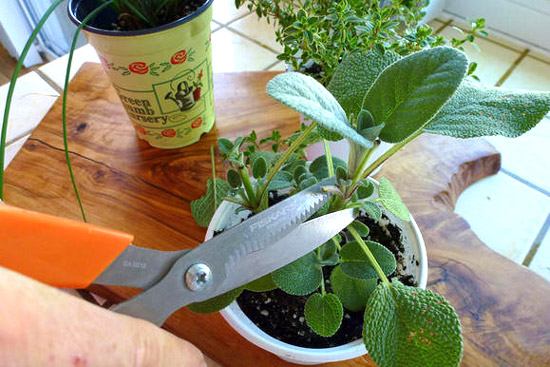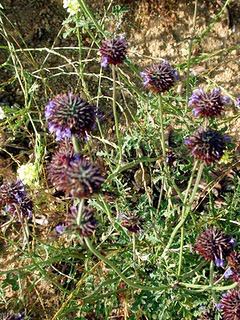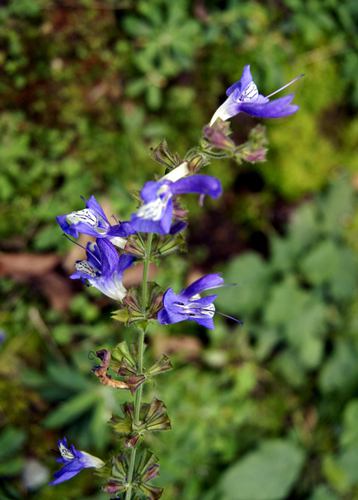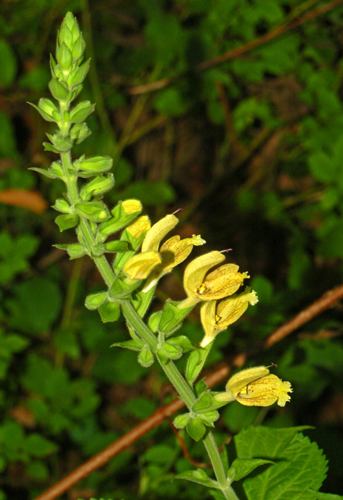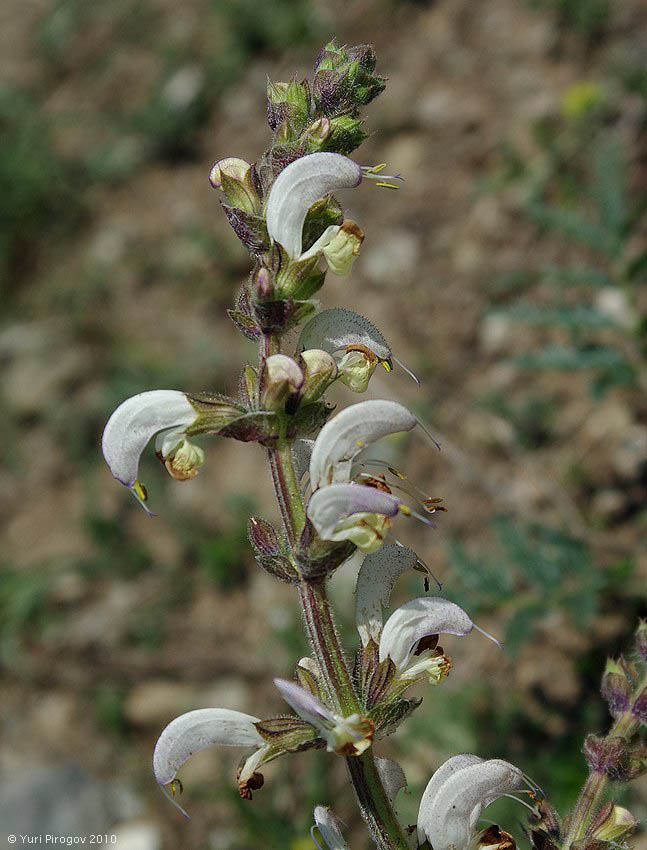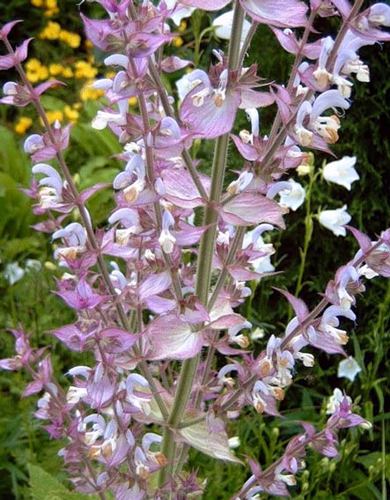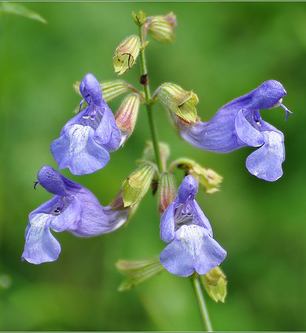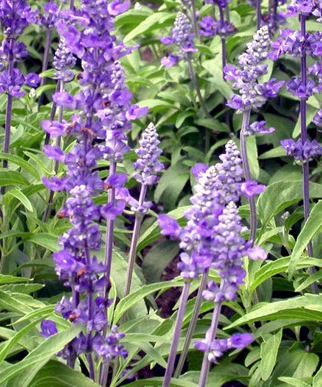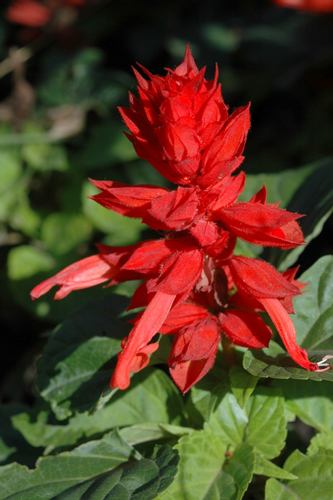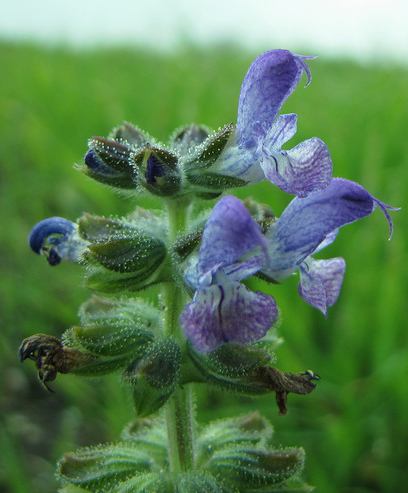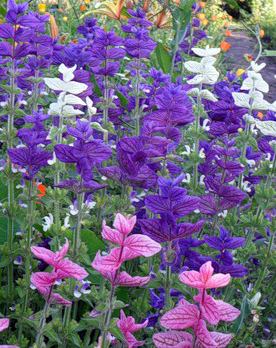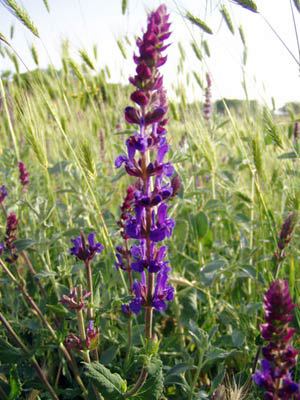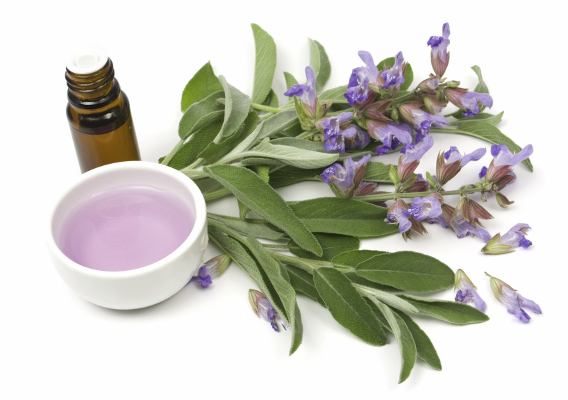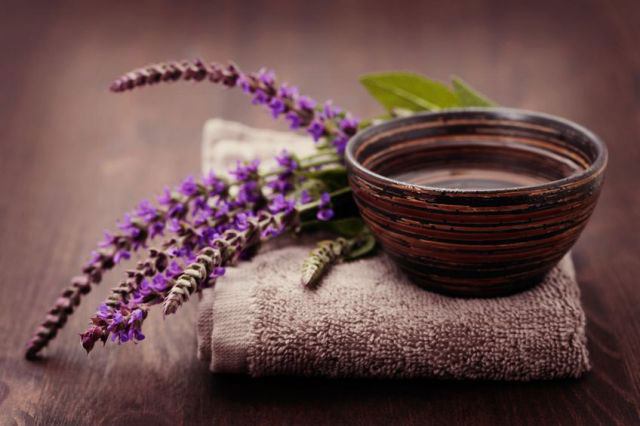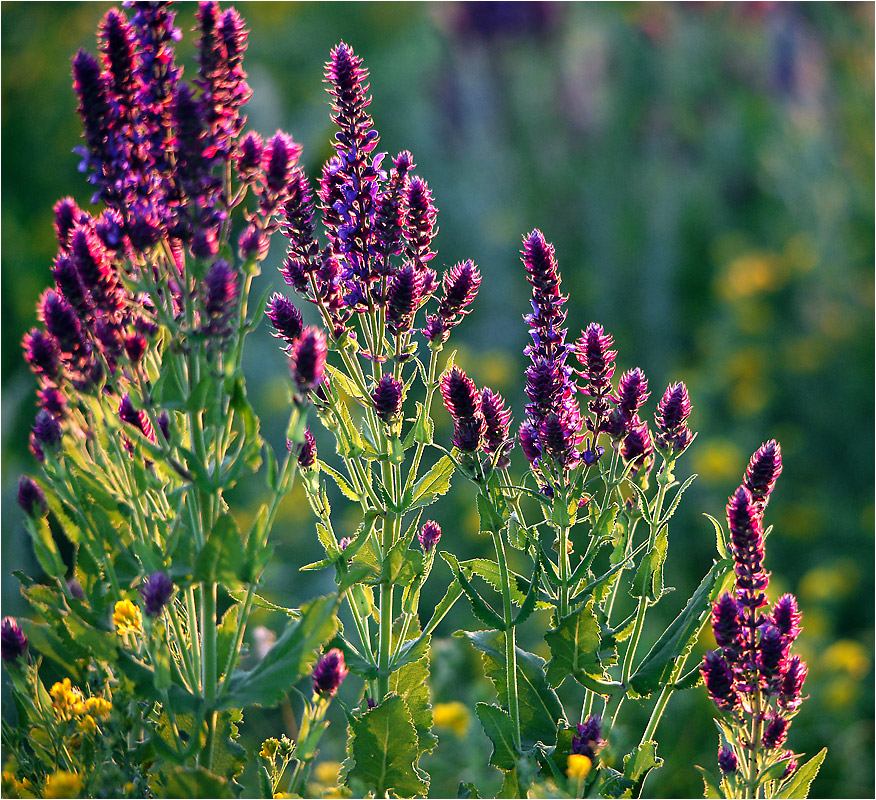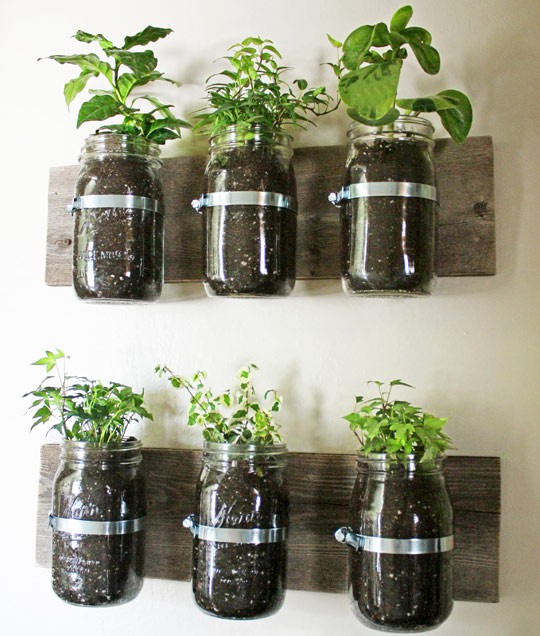Today I will tell you how to grow sage from seeds in a pot on the windowsill. An Italian native, sage has conquered the world—an excellent nectar plant, a source of
essential oil
, a fragrant addition to tea, a piquant seasoning with numerous invaluable
medicinal properties
.
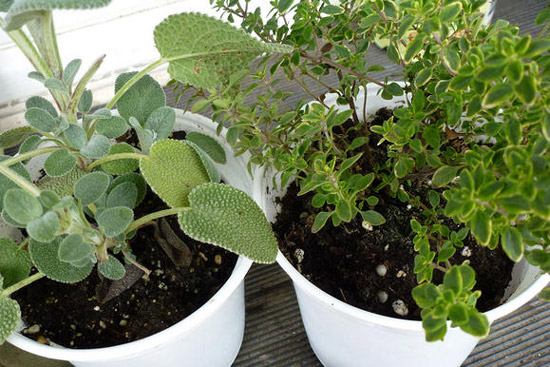
How to Grow Sage
If you want a perennial, only the Medicinal variety can be grown. Other decorative sage varieties need to be sown every year.
For a mature plant, you’ll need a pot with a capacity of at least one and a half liters. For seeding, a plastic cup will suffice for about six months—after that, you can transplant it into a bigger, wider pot for permanent residence. The perennial variety of sage will delight you for at least five years.
- Sage soil should be fertile and well-drained. If you plan to use garden soil, be sure to disinfect it and remove as many roots and twigs from the soil as possible.
- The pot can be plastic, which will require less frequent watering compared to a clay pot.
- Water generously but not daily. The soil should be fully soaked.
- Before sowing, it’s recommended to soak the seeds on a damp cotton pad for about a day.
- Sage tolerates partial shade well, but it loses some of its essential oils in the process. Ideally, it should receive 6–8 hours of sunlight per day.
- With a slight lack of moisture, sage becomes even more aromatic, but this is a fine balance to maintain…
- Sage needs daily misting.
- Avoid drafts.
- Once a month, give your sage bush a shower.
Sage isn’t too finicky at home; you just need to adhere to two main requirements—moderate watering (better less often but in larger amounts) and moderate lighting (it’s better to avoid direct midday sun). You can use cactus soil (of good quality; lately, pre-made soil mixes have been disappointing), ensure good drainage in the pot, and it won’t hurt to add perlite or vermiculite if the soil isn’t enriched with sand (up to 30% of the soil’s volume).
To encourage sage to bush out, prune its shoots once every month and a half. Before flowering, by August, you should stop pruning it.
If your sage starts to dry out during winter, move the pot to a dark, cool place until the first spring sunshine—provided you’re lucky enough to own a perennial variety.
Sage varieties are astonishingly diverse, boasting a range of aromas, including even pineapple, and vividly colored flowers.
Sage possesses several beneficial medicinal properties.
